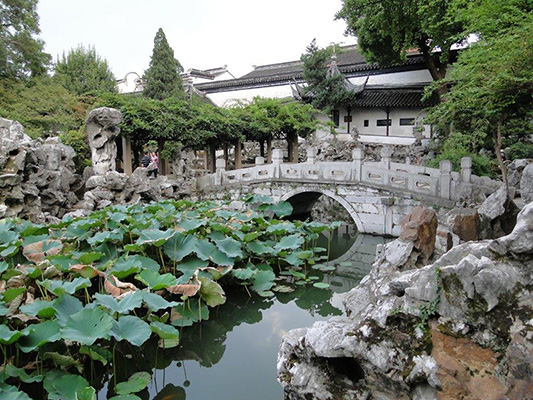GARDEN DETAILS
Read Here about the Elements and Philosophy of a China Garden.
Philosophy of a China Garden
- Though man-made, appear as part of nature
- Enhance one’s connection to nature
- Respectful of nature and responsive to human needs
Read Here about the Elements and Philosophy of a China Garden.
























They present the infinity of nature within a limited garden space; a “landscape painting in three dimensions.” Chinese gardens are composed of natural elements such as flowers, trees, rocks, and water, and man-made elements such as architectural structures, paintings, and poetry. The architectural elements of the garden are intended to focus the viewer’s attention on specific aspects of nature, scene by scene, much like the unrolling of a scroll of landscape painting. “Borrowed scenery” (借景 jiejing) is a key element of Chinese gardens. Taoism also has a strong influence on Chinese gardens, providing a place for contemplation – “involving meditation on the unity of the creation, a creation in which nature possesses a hidden yet real order and harmony, and which may be seen, in moments of enlightenment, through intuitive, tranquil receptivity.” (The History of Gardens, Christopher Thacker, p. 43.) Symbolism through the use of rocks and water, or the placement of flowers and trees, is intentional, yet lacks the symmetry of western gardens. A Chinese Garden design is both respectful of nature and responsive to human needs.
Read full article: “China Friendship Gardens in MN,” US-China Review Winter 2006. Click here to download entire article.